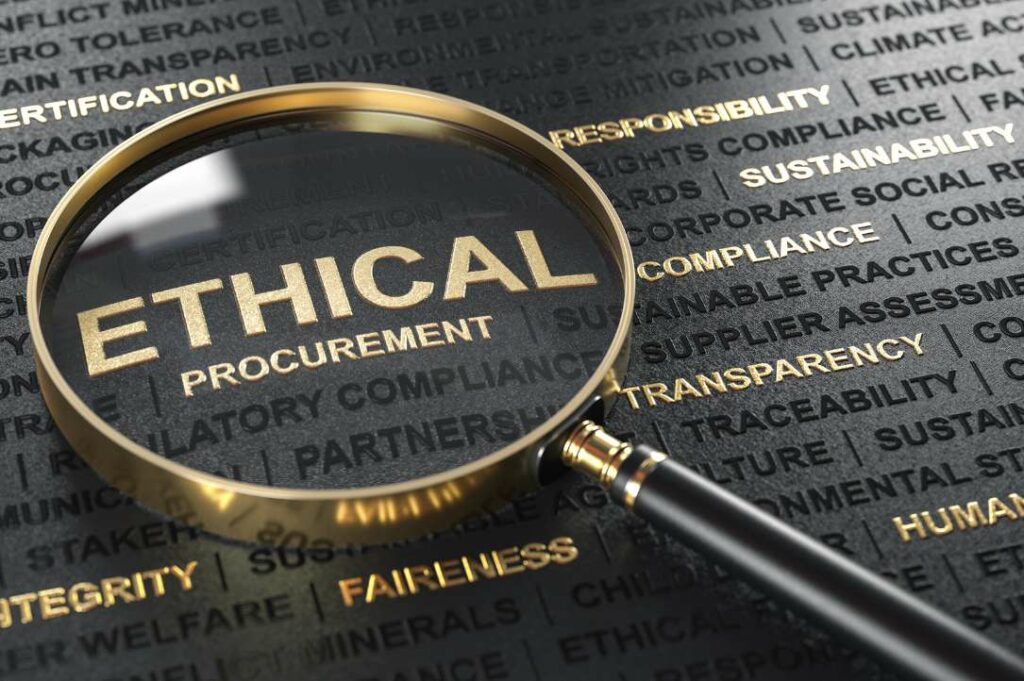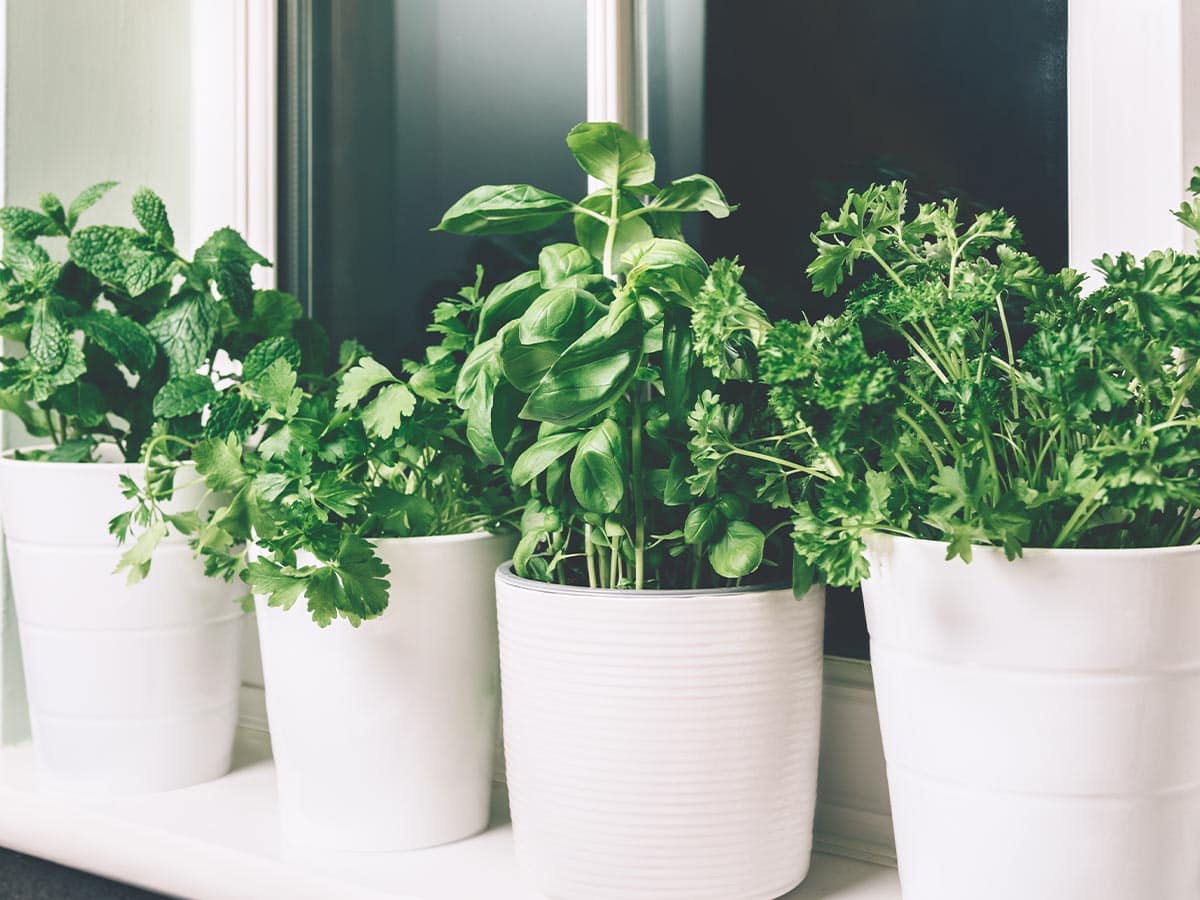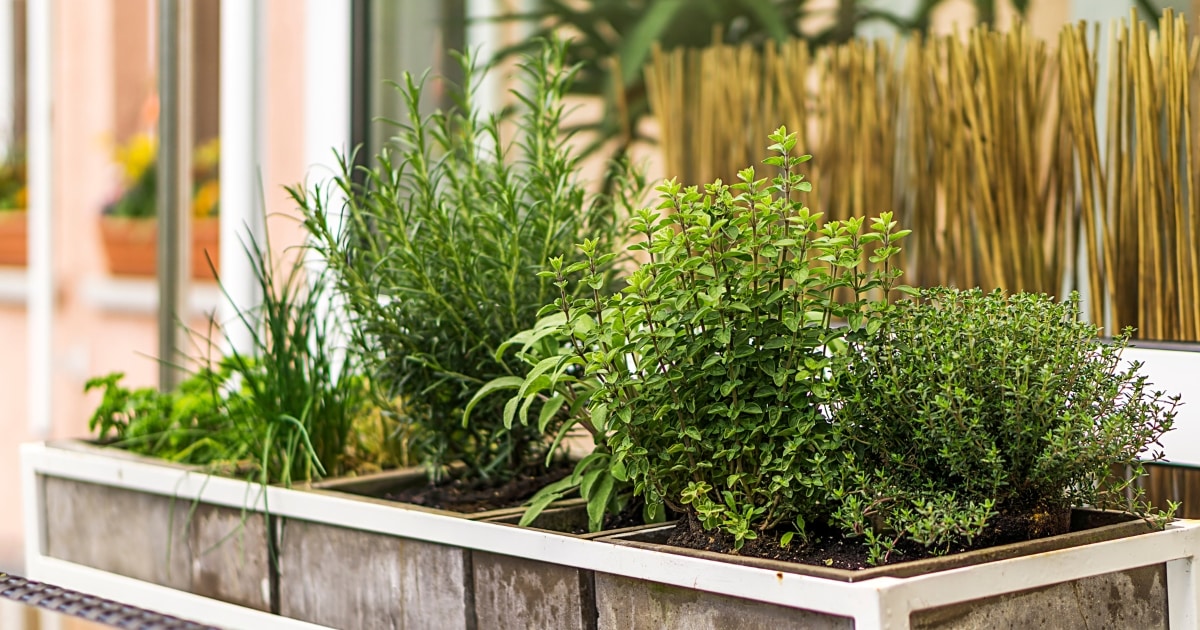What Makes Green Products Worth Their Higher Retail Price?
Primal Edge Health participates in the Amazon Services LLC Associates Program and other affiliate programs and therefore, may collect a share of sales or other compensation from the links on this page. This comes at no additional cost to you, and all the prices and availability are accurate at the time of publishing.
Green products often come with a price tag that makes you pause, but have you ever considered what you’re really paying for? Knowing more about the hidden factors behind the higher retail price of eco-friendly items reveals how your choice transcends mere cost and relates to broader positive change.

It’s only natural to want to do your part in helping the environment. As consumers, one of the best ways to do that is to choose eco-friendly alternatives.
However, the higher prices of green products might have made you hesitate once or twice. I know I did. What exactly makes these products more expensive? And, as any savvy consumer should ask, is it worth paying for these premium prices?
Table of Contents (click to view)
Why Do Most Green Products Have a Premium Price Tag?
From household items to personal care products, the market for green goods is expanding into a long list of industries. Unfortunately, they tend to have a higher markup than conventional products, which may lead you to wonder if the cost is really worth paying.
Like the value people find in local food, eco-products have promising perks and big-picture implications. However, there are some important influences behind the retail price that you should understand before deciding if these options are right for you.
Sustainable Materials
Green products often have a premium price tag due to using sustainable materials. The cost of producing these items is higher because sustainable goods are made from renewable resources, such as organic cotton, bamboo or recycled materials.
Furthermore, raw materials are produced in smaller amounts, which is why they’re more expensive but less impactful to the environment. On the flip side, competitive commercially produced items could be mass-produced but at a lower quality, with less consideration toward the environment.
Most green products also avoid insecticides and pesticides, which can affect both quality and, when used in excess, nature. On the other hand, green products use less or none of these chemicals, making them more challenging to produce in larger quantities.
For example, laundry detergent for sensitive skin typically contains natural ingredients instead of cheap yet harsh chemicals. Ingredients tend to be more expensive if they’re kept as natural as possible, which might translate to a higher price tag.
Green Processing and Labor
Responsibly sourced materials also have a more complex production process. Companies often invest in research and development to find innovative ways to reduce production costs without compromising quality or ethical practices. They can only offer environmentally friendly options at competitive prices after optimizing resources and streamlining operations.
Sustainable labor also contributes to increased expenses because workers are paid fair wages. Ethical sourcing ensures that no exploitation occurs during production, which adds to the overall cost of green and eco products.
Eco Certifications
Eco certifications on products serve as stamps of approval backing up marketing promises. These certifications are supposed to act as signposts for trustworthiness and environmental responsibility while helping the consumer make informed decisions.
For example, when shoppers see the USDA organic label on food items, it is assumed the food is potentially healthier and safer for the environment. Certifications like Fair Trade or Forest Stewardship Council assure quality and ethical sourcing.
However, obtaining and maintaining eco-friendly certifications have cost implications for businesses. The initial process of becoming certified involves audits, inspections, testing and documentation. Ongoing compliance and annual registration renewal add to operational costs, which are reflected in the final retail price.
Environmental engineer, Shruthi Baskaran-Makanju of Rainy City Life comments, “Many conventional products don’t need to pass any kind of certification, and the long-term impacts of materials often take a long time to be studied.” For these reasons, going for greener options provides “more peace of mind, even if it’s a bit more expensive in the short-term.”

Environmentally-Friendly Packaging
Aside from traditional options like paper and fabric, the packaging industry is changing and beginning to offer innovative options like bio-based plastics derived from renewable sources like cornstarch or sugarcane as viable alternatives to petroleum-based plastics.
In the same way that eco-friendly product materials are historically more expensive, environmentally-friendly packaging also costs more. For example, eco-friendly cleaning products that come in paper or recycled packaging can be more costly than those that come in plain plastic.
Consumer Willingness and Demand
Consumers are increasingly seeking sustainable and eco-friendly alternatives across various industries. This consumer willingness to pay a higher price for sustainable goods also contributes to the premium cost of green products.
“When it comes to the higher price tag that many green products carry, I think of how the money I invest now may prevent future medical bills down the line. You can’t put a price on health.”
— Kristen Wood, Schisandra & Bergamot
Up to 66% of consumers polled in this Nielsen report say they are willing to pay more for brands committed to green principles. Consumer demand allows companies to set higher prices for their sustainable offerings.

Strategies for Affording Green Products on a Budget
Embracing an eco-friendly lifestyle doesn’t necessarily mean stretching your budget to its limits. Even though many green products are more expensive, there are practical strategies for affording green products without compromising your financial well-being.
Prioritize Your Purchase
Weigh the cost of a higher one-time purchase against the seemingly more affordable single-use option. For instance, you can opt for reusable stainless steel or glass water bottles instead of purchasing cheap single-use plastic bottles.
These alternatives cost more upfront but help save money in the long run and create less waste. Other great alternatives to single-use products include:
- Metal straws
- Reusable bowl covers
- Beeswax food wraps
- Reusable shopping bags
- Glass soap and detergent bottles
- Washable diapers
- Microfiber cloths or rags
Buy Direct
Seek local suppliers and farmers’ markets for fresh produce and food, cottage industry handicrafts and small-scale manufactured goods. These vendors provide access to quality options at more affordable prices than larger retailers. There’s no middleman when you shop directly, so you cut the extra cost and give all the value to the producer.
Buy in Bulk
Purchase non-perishable green products in bulk to save money in the long run. Better yet, buy bulk on-sale items to maximize your savings. Always keep your storage space in mind because you don’t want to come home with more things than you have enough room for. Also, be mindful of the expiration dates so nothing spoils before you can use it.
You can buy most green products in bulk to save both money and time. However, I find that these products produce more savings in the long run when you buy them in bulk:
- Dry pantry goods and storable food
- Non-toxic laundry detergent and dryer sheets
- Non-toxic dishwashing liquid and tablets
- Reusable paper towels or cleaning cloths
- Personal care items, e.g., shampoo, toothpaste, soap

Subscribe to Newsletters, Memberships and Loyalty Programs
Opting to stay in touch with brands you like by subscribing to newsletters, memberships and loyalty programs is a strategic way to afford eco-friendly options. Companies send notices about upcoming sales and often gift subscriber specials that no one else has access to. Plus, you’ll stay informed on all the latest trends and their new products.
Memberships and loyalty programs take customer intimacy to the next level by extending points-based reward systems, free shipping and more to their members. These perks can lead to significant savings while fostering a deeper connection and sense of value between the retailer and the customer.
DIY When Possible
Consider making your own DIY green products. Many household cleaners, for example, can be made from simple, inexpensive ingredients like vinegar, baking soda and lemon. Personal care items like lip balm, toothpaste or tooth powder and moisturizer are also easy to make.
Be Mindful of Waste
Green products often come with a higher price tag, and we definitely don’t want them to go to waste. So, it pays to be extra mindful of the things we do that can produce more waste, such as:
- Forgetting reusable shopping bags at home when going grocery shopping
- Using more toilet paper and paper towels than necessary
- Replacing certain products when they’re still good to use, e.g., toothbrushes, razors, vacuum filters
- Letting food expire
- Using cleaning products excessively, including laundry detergent and dishwasher soap
The Ultimate Alternative: Using Fewer Products Overall
Let’s face it, not everyone can afford to use green alternatives for all their necessities. Yes, you can make small swaps here and there, such as using metal straws or a reusable water bottle, and they do help. However, replacing all your household needs with greener alternatives is not feasible.
If this is your dilemma, you don’t have to feel guilty. First, it’s not fair for huge corporations to put the burden of minimizing waste when they are the biggest polluters. Secondly, there is another way to reduce your environmental impact: simply using fewer products overall.
What do I mean by this? For example, you can eliminate non-essentials in your home that contribute to your waste. Why not use reusable plastic containers for your leftovers instead of cling wrap or sandwich bags?
Fabric softener? It can leave synthetic chemicals on your clothes, so why not cross it off your grocery list completely? Or at least use fabric softener for sensitive skin that doesn’t use any harmful ingredients.
Small actions like these add up, just like the waste we produce when we’re not mindful. If you don’t want to spend a lot of money on green products, you can still live a simple life with quality items by simply not using unnecessary products.
Final Thoughts
The cost of green products encompasses various factors, from sustainable materials and labor to eco-certifications and environmentally friendly packaging. However, consumers must still weigh the perceived value of paying more for sustainability against the cost dilemma to make sure their investment is the right one.
Being wise about choosing brands with transparent and ethical business practices will assure you that your investment is going to the right place. Additionally, using the helpful tips for buying eco items on a budget will help save you money while still getting the quality you want.
Portions of this article originally appeared on Food Drink Life.








I get so much anxiety sometimes when I’m at the store trying to pinch pennies but also want products that are healthy for my body and the planet. Appreciate the tips about buying green on a budget cuz that’s definitely me!